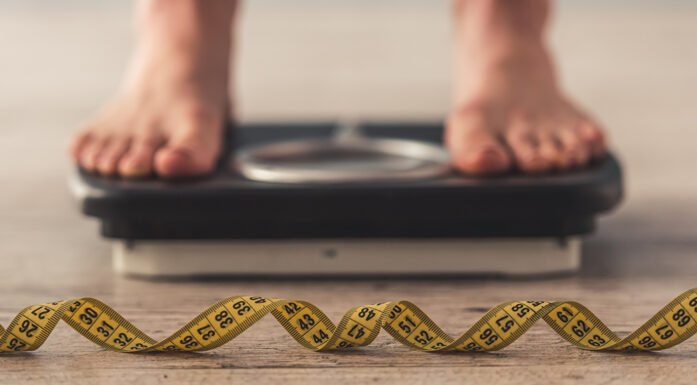Physically active young people less likely to be depressed
Young people who increase their physical activity from the age of 14 have a lower risk of developing symptoms of depression.
“Young people who are less physically active over time have an increased risk of developing symptoms of depression,” says Professor Silje Steinsbekk.
Steinsbekk works at the Department of Psychology at NTNU.
“This finding was true for teens who were 14 to 16 years old and 16 to 18 years old. Both the sum of daily physical activity, and the proportion of activity that is more intense and particularly important for our health, turned out to protect against symptoms of depression,” Steinsbekk said.
The results have now been published in the Journal of the American Academy of Child & Adolescent Psychiatry.
- You might also like: Adolescents who are most active on social media are also most active offline
Large group followed for years
The researchers followed a large group of children and young people for a long period in the Trondheim Early Secure Study. Every two years, physical activity was measured with accelerometers (advanced pedometers). The participants wore this instrumentation for 7 days.
Clinical interviews were used to survey the participants mental health, yielding valuable results.
This time, the data comes from 873 participants. It covers the period from the age of 6 to the age of 18. A total of 7 rounds of data (6, 8, 10, 12, 14, 16, 18 years) form the basis of the study.
“We also investigated whether belief in one’s own physical abilities, body image and sports participation had an impact on the association between physical activity and depression,” Steinsbekk said.
- You might also like: Physical activity affects boys and girls differently
Physical activity can protect against depression
“Although we found that physical activity seems to protect against depression symptoms in adolescence, this did not apply to young adolescents aged 10-14,” Steinsbekk said..
“However, we found an opposite correlation from 10-12 and 14-16 years: Those who had more symptoms of depression were more likely to become less physically active,” she said.
The researchers’ conclusion is clear.
“Young people who increase their physical activity level from the age of 14 and a few years later have a lower risk of developing symptoms of depression than they would otherwise have. For this age group, it may appear that physical activity protects against symptoms of depression,” says Steinsbekk.
The researchers found no association between time spent being sedentary and depression. Nor did they find any difference between the sexes.
Reference: Silje Steinsbekk, Joakim Skoog, Lars Wichstrøm, Symptoms of Depression, Physical Activity, and Sedentary Time: Within-Person Relations From Age 6 to 18 in a Birth Cohort, Journal of the American Academy of Child & Adolescent Psychiatry,
2025, ISSN 0890-8567, https://doi.org/10.1016/j.jaac.2025.03.018






